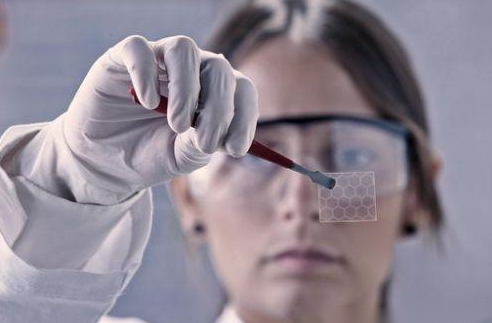Introduction: A research team led by Tor Vergata University in Rome, Italy has produced a peroxide solar module with a total effective area of 42.8 cm2 and an aperture area of 50 square centimeters. The solar panel consists of 14 series of peroxide batteries with 20% efficiency in series. After 800 hours of thermal stress at 85°C, it can still maintain an initial efficiency of 90%.

An international research team used a new type of doping strategy to design a peroxide solar module. It is said that compared with other peroxide-based devices, the module can achieve higher efficiency while maintaining significant The stability of the work.
Although peroxide solar cells seem to be on the road to mass production, people are still interested in the technology due to concerns about the stability of the hole transport layer (HTL) and its sensitivity to atmospheric conditions. affected.
The scientists said they can change the molecular weight (MW) of the hole transport layer material (HTM) doped with polytriarylamine (PTAA). They explained: “The monotonic increase in power conversion efficiency as a function of MW is related to similar increases in open circuit voltage (VOC), short circuit current (JSC), and fill factor (FF). In this way, the charge mobility inside the HTL and The charge transport at the peroxide/HTL interface has increased by an order of magnitude.”
They said that this improvement is achieved through the combined effect of doping strategy and MW tuning, which has achieved polaron dislocation on the polymer chain. Scientific research pointed out that the formation of polarons in peroxide solar cells is a possible factor that makes such batteries particularly efficient, although the mechanism behind the polarons is completely unknown. A poleon is a rapidly changing distortion in the atomic lattice of a material. It forms around a moving electron in a few trillionths of a second, and then disappears.

On the basis of the total effective area of 42.8 square centimeters and the aperture area of 50 square centimeters, 14 series of peroxide batteries with 20% efficiency are connected in series to construct a panel with 17% efficiency. The increase of defocusing poles in the HMW PTAA layer not only provides an important contribution to the high efficiency of the device, but also has a positive effect on the peroxide lattice of the underlying layer, thereby improving its overall stability. It is said that after 1080 hours of thermal stress at 85 degrees Celsius, the battery can still maintain an initial efficiency of more than 90%, and after 160 hours of exposure, it can still maintain an initial efficiency of 87%. The solar panel can still maintain an initial efficiency of more than 90% after 800 hours of thermal stress at 85 degrees Celsius.
This module was introduced in the paper “Achieving a stable perovskite-type solar module of more than 17% through the adjustment of the polaron arrangement of the polymer hole transport layer” published in “Nano Energy”. The research team includes scientists from Tor Vergata University in Rome, Italy, University College London, Cambridge University in the UK, and the Max Planck Institute for Polymer Research in Germany.



 2021-04-02
2021-04-02
















